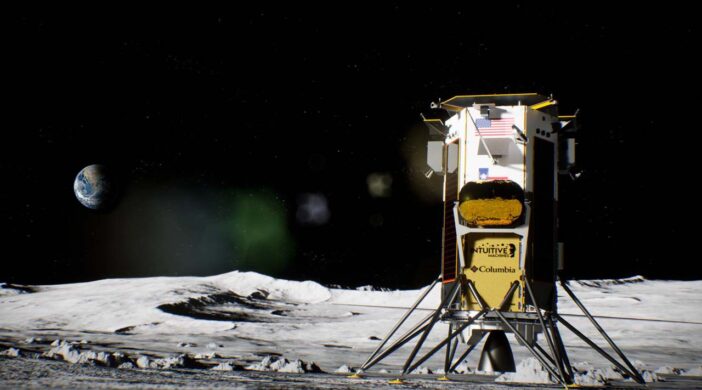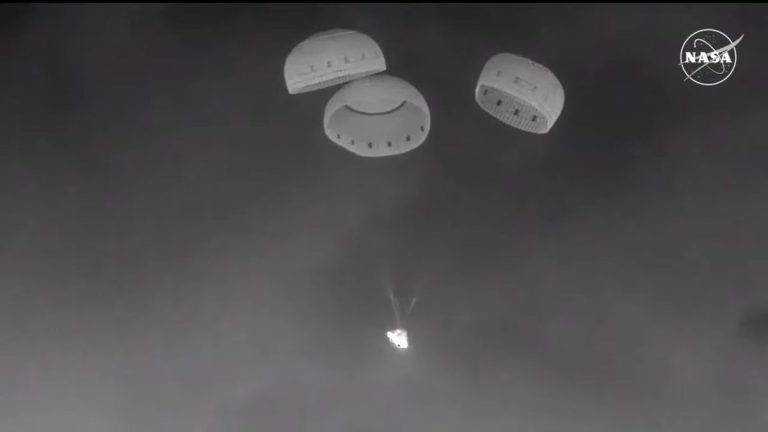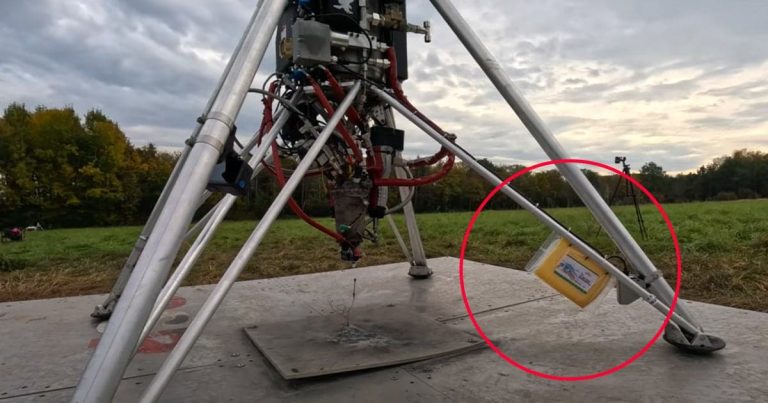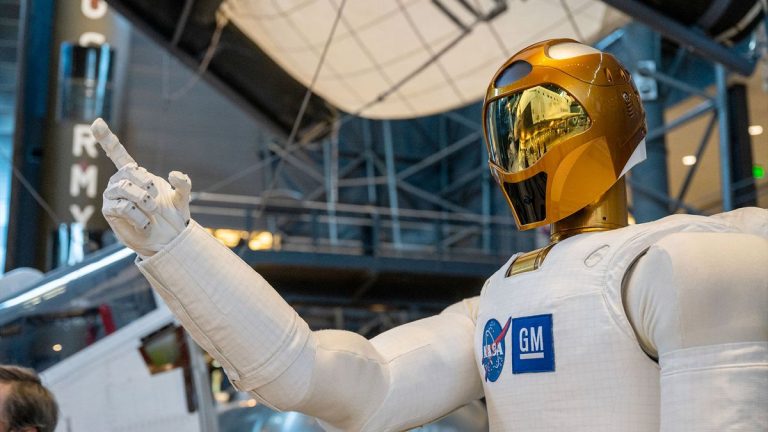
Biz Briefs: Intuitive Machines Stock Soars, FAA Proposes SpaceX Fine, Launcher OTV Fails in Orbit, Solspace Wins STTR Contract, Sateliot Makes Power Lines Smart (Image Credit: Payload)
Intuitive Machines’ (NAS: LUNR) stock is now worth nearly four times what it was when it began trading on Nasdaq on Tuesday. The stock debuted at $10, then soared to a high of $47.02 on Friday. It’s currently trading at $38.49.
The sharp increase in the lunar transportation company’s stock comes after a disappointing reverse merger with Inflection Point Acquisition Corp., a special purpose acquisition company (SPAC) that was already traded on Nasdaq. Intuitive Machines began trading under its own name.
The SPAC deal only raised $55 million of the $331 million that had been expected to fund the company’s operations. Many Inflection Point investors chose to get their money back rather than own stock in the merged company.
Intuitive Machines has been awarded three contracts to deliver payloads to the moon under NASA’s Commercial Lunar Payload Services (CLPS) program. A SpaceX Falcon 9 is scheduled to launch the first of the three missions in late June.
FAA Proposes SpaceX Fine
The Federal Aviation Administration (FAA) has proposed a $175,000 civil penalty against Space Exploration Technologies Corp (SpaceX) for failure to submit launch collision analysis trajectory data directly to the FAA prior to the August 19, 2022, launch of the Starlink Group 4-27 mission.
SpaceX was required to submit the data at least seven days prior to an attempted launch. Collision analysis trajectory data is used to assess the probability of the launch vehicle colliding with one of the thousands of tracked objects orbiting the Earth.
SpaceX has 30 days to respond to the FAA after receiving the agency’s enforcement letter.
Launcher OTV Failed in Orbit
Launcher has revealed that its first orbital transfer vehicle (OTV) failed in orbit last month when it was unable to orient itself to properly to generate power from its solar cells due to a fault in the GPS antenna system.
Launcher’s Orbiter SN1 OTV ran out of power after its batteries died after separation from a SpaceX Falcon 9 on January. The spacecraft was unable to deploy payloads from TRL11, Stanford Student Space Initiative, Bronco Space/Cal Poly Pomona, Innova Space, NPC Spacemind, Logitech Mevo, Alba Orbital and Beyond Burials.
Launcher said it was able to check out Orbital SN1’s communications and other systems while the spacecraft functioned.
Solstar Space Wins USAF STTR Contract
Solstar Space has been awarded an U.S. Air Force (USAF) Small Business Technology Transfer (STTR) Phase I award to evaluate a high-speed satellite communications system for use by the USAF, U.S. Space Force and commercial operators.
Solstar Space is developing a flight-proven modular device for spacecraft integration capable of providing satellite operators near real-time command and control through a 24/7 high bandwidth downlink and uplink data relay known as the Slayton Space Communicator.
STTR awards fund projects involving businesses and academia. Solstar has partnered Dr. Andrei Zagrai, a mechanical engineering professor at New Mexico Institute of Mining and Technology, for the initiative.
Sateliot and Sentrisense Launch Technology to Make Power Grids Smart
Sateliot, the first satellite constellation offering 5G standard connectivity from space, and Sentrisense, a power grid solutions company, have launch the first 5G satellite connectivity to Internet of Things (IoT) electric grid sensors.
Attached to electric towers and power lines, Sentrisense’s devices are capable of connecting seamlessly to cellular towers and satellite networks. This helps to monitor and modify the right amperage and manage electric grids more efficiently, even in the case of accidents, fires, or broken lines.
Sateliot’s 5G NB-IoT nanosatellite constellation will give Sentrisense the necessary access to retrieve data from all their devices, even if those are out of the reach of any cell tower connectivity.
“The massive connectivity between 5G satellites and the sensors will allow far more accurate predictions on wear and tear analysis, alert to the presence of fallen trees or ice on the lines, and make models of wire inclination and distance from the ground and model the ideal ampacity, among other applications. All of it with an affordable connection of just $1 per month per device,” said Sateliot CEO Jaume Sanpera.








